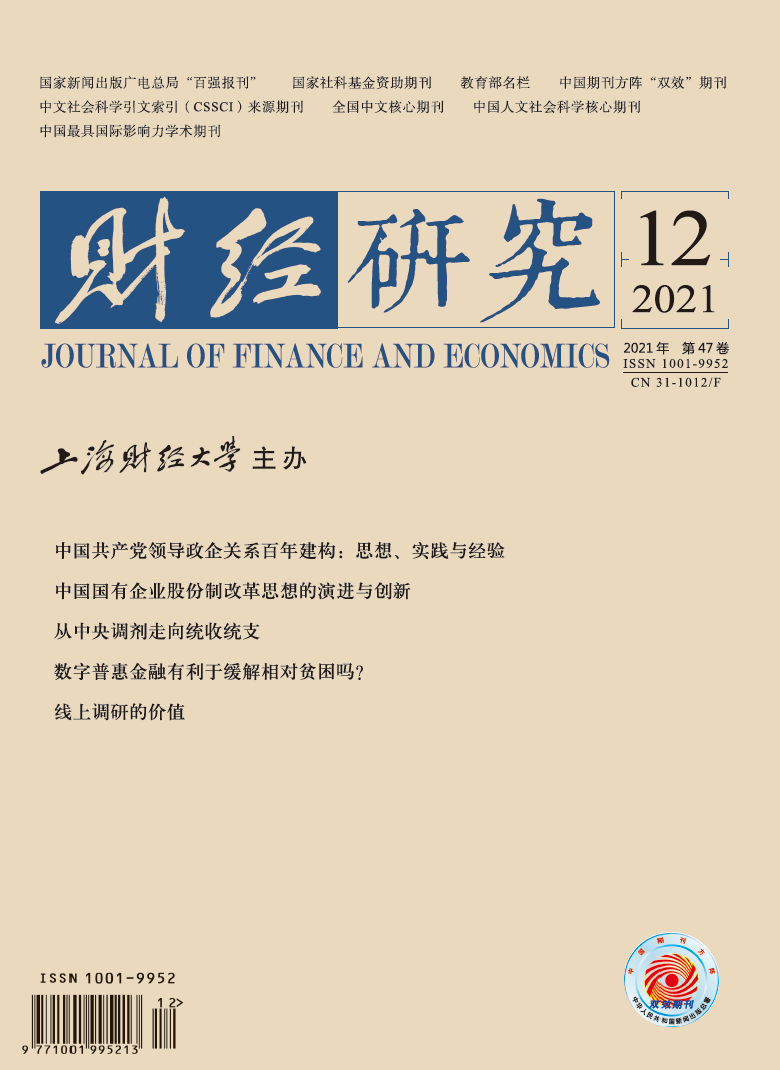After years of economic reform, China has gradually formed a “vertical structure” in which state-owned enterprises dominate upstream industries and private enterprises dominate downstream industries. This paper draws on the research of Melitz (2003), and introduces the heterogeneous enterprise model into downstream private enterprises to establish a theoretical model with upstream industries monopolized by state-owned enterprises and monopolistic competition among downstream heterogeneous private enterprises. The policies of “liberalization of competition in upstream industries” and “upstream tax and downstream subsidies” are added to the model. It then uses the related data of China to calibrate parameters and quantitatively studies the impact of different industrial policies. The results show that: Firstly, due to their monopoly position, upstream state-owned enterprises make mark-up pricing. And the existence of vertical structure makes the prices of intermediate goods too high, resulting in the insufficient entry of private enterprises in downstream industries and the loss of social welfare. Secondly, in the vertical structure, the implementation of the policy of “liberalization of competition in upstream industries” increases the degree of competition in both upstream and downstream industries, promotes downstream private enterprises to enter the market, improves the overall social welfare, and has strong policy effectiveness. Although the policy of “liberalization of competition in upstream industries” has a significant effect on social welfare improvement under the vertical structure, it is not feasible in reality and difficult to carry out in all industries. The policy should be guided to implement step by step. Thirdly, under the vertical structure, the policy of “upstream tax and downstream subsidies” can effectively increase the number of downstream private enterprises and their demand for intermediate products, thereby increase the profits of upstream state-owned enterprises. This is a “win-win” consequence and the policy helps to form a reasonable production structure. Meanwhile, it only needs the combination of low taxation rates and subsidy rates to achieve a significant improvement in social welfare.
The possible innovations of this paper are as follows: Firstly, the vertical structure is theoretically supplemented by setting a model with two kinds of industrial policies. Besides, this paper quantitatively studies the vertical structure itself and the impact of related industrial policies. Secondly, this paper introduces the characteristics of heterogeneous enterprises in the downstream market, adopting the heterogeneous enterprise model proposed by Melitz (2003). It assumes that the downstream market is composed of heterogeneous private enterprises which conduct monopolistic competition to fit the reality of China better. Thirdly, based on the model, the parameters are calibrated by using the actual data of China. Through numerical modeling and a series of counterfactual tests, this paper quantitatively analyzes social welfare under the vertical structure and compares the policy effects of the two industrial policies, which enriches the theoretical research of vertical structure in industrial policies.





 5438
5438  5575
5575

